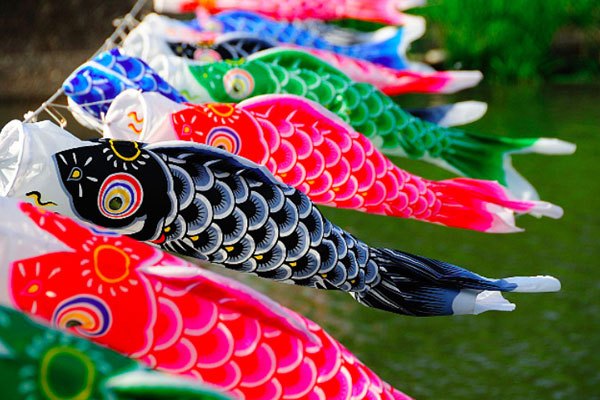
On the “mainland”, or what’s known as the Continental U.S. for those of us that live here, May 5th is an excuse to go eat tacos and drink horchata and pretend to be Mexican for a day, because, who doesn’t love Mexican food on Cinco de Mayo? But in Japan and Hawaii, you’d probably see some colorful carp flying from poles that signify Boy’s Day; also known as Children’s Day in modern and more politically correct Japan. I’ve been flying carp at my house ever since my son was born, and I still do it today even though he doesn’t live with us anymore. I have four fish on my pole, which represent Dad, Mom, big brother and little sister.
In 1948, Japan declared May 5th to be a national holiday, combining Girl’s Day on March 3rd with Boy’s Day to form Children’s Day, thus taking advantage of other national holidays during the same time and cluster them into a Golden Week. If you ever have a chance to visit Japan or live there—trust me, you do not want to test the crowds during this longest holiday period of the year. People can’t wait to get out of town quick enough, so the train stations and airports are jammed.
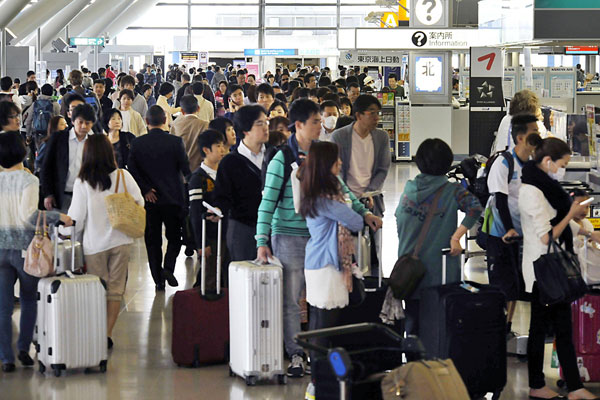
I always thought the Japanese-Americans in Hawaii tended to hold onto their traditions more tightly than the Japanese do, which to me, is both charming and wonderful. Japan is just too modern in some ways. During my first Boy’s Day as a child, my parents gave me a traditional doll of a samurai warrior, which was supposed to convey strength, character and bravery—the trademarks of Boy’s Day. I still have the doll today, and it is awesome! Check out the detail on this thing! The warrior’s name is Benkei, a monk who served under Minamoto no Yoshitsune during the 12th Century.
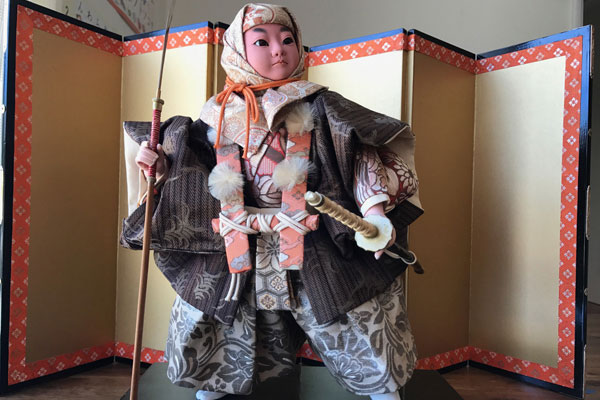
Benkei was a mountain of a man at 6’7” and legend has it that he died while defending his master’s castle while Yoshitsune was inside committing ritualistic harakiri. Knowing it was too dangerous to confront Benkei from up close, his enemies rained arrows on him from afar—only to see him still standing after doing considerable damage to his body. When the soldiers dared to get closer, they saw that Benkei was dead, but he had died standing up! Whoa—a super hero for sure! My Benkei has done a pretty good job of protecting our house up to now–I think I’ll pass him on to my son so he can protect his home, too.
Even if you don’t have a samurai warrior doll of your own, you can still celebrate Children’s Day by making a paper samurai helmet with your kids. This classic origami pattern is called a kabuto, and is fairly easy to fold. If you start with a large piece of paper like newspaper, they can actually wear it on their heads—just make sure you start with a perfectly square piece, like you would any origami. And by the way, if you are a Star Wars geek like I am, you know that George Lucas was heavily influenced by Japanese historic culture. The kabuto is no exception—where do you think Darth Vader’s famous helmet shape came from?
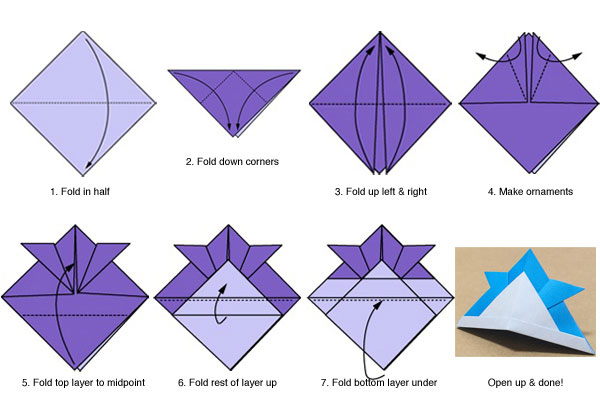
The traditional sweet treat on Children’s Day has always been kashiwa mochi, a kind of football shaped rice cake filled with sweet red bean paste. The dessert is then wrapped in an oak leaf, which symbolizes good luck for the new generations because old leaves don’t fall from the tree until the new ones sprout. Oh, that’s kind of deep if you think about it! This is one of my favorite Japanese mochi desserts because the oak leaf actually imparts a kind of earthy fragrance to the mochi that is subtle, but quite nice.
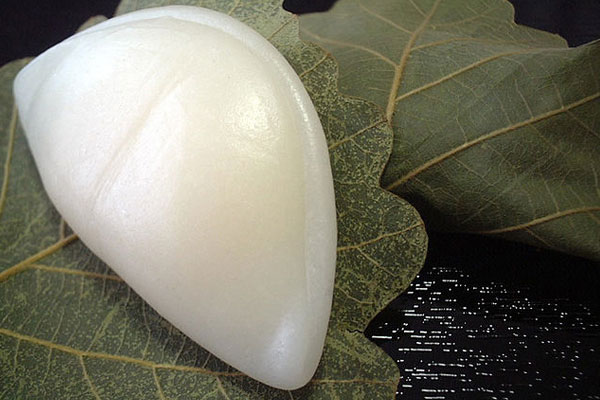
If you can’t get kashiwa mochi but still want to celebrate Kodomo-no-hi, just use some of the recipes that you can find online or on Zojirushi.com that are fun for kids. These are just a few suggestions to get you started:
Gomoku Sushi
Tenmusubi
Soboro-don

Happy Children’s Day!
image sources: Koinobori by Australia Japan Society, Golden Week by Japan Times, Kashiwa Mochi by Suguri_F (creative commons), Recipes by Zojirushi, other images by Bert Tanimoto
Leave a Reply